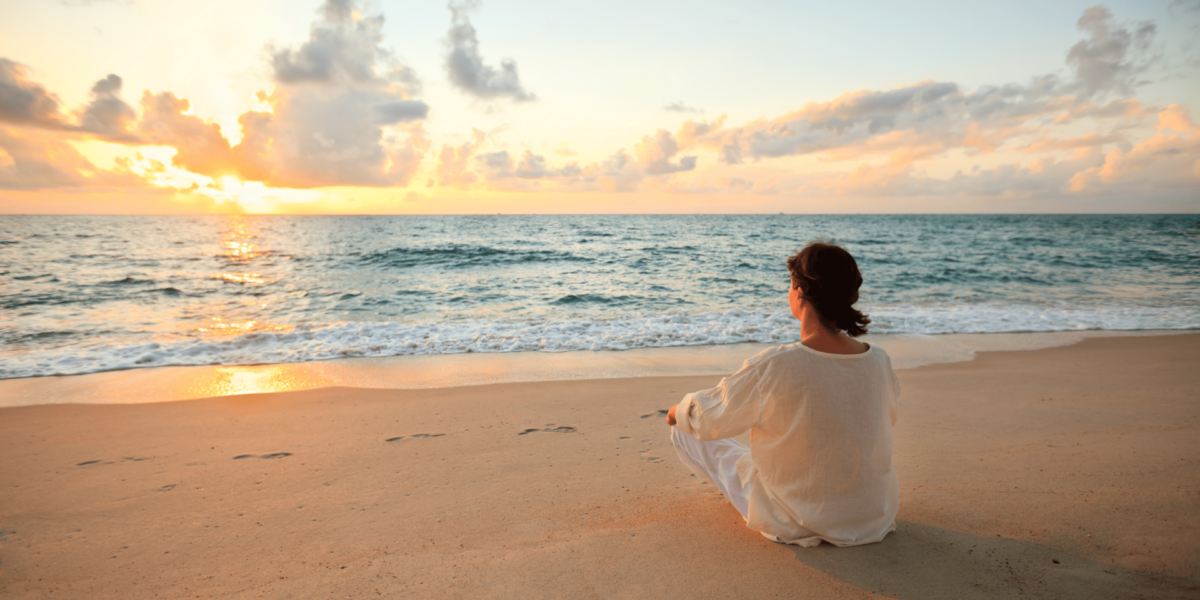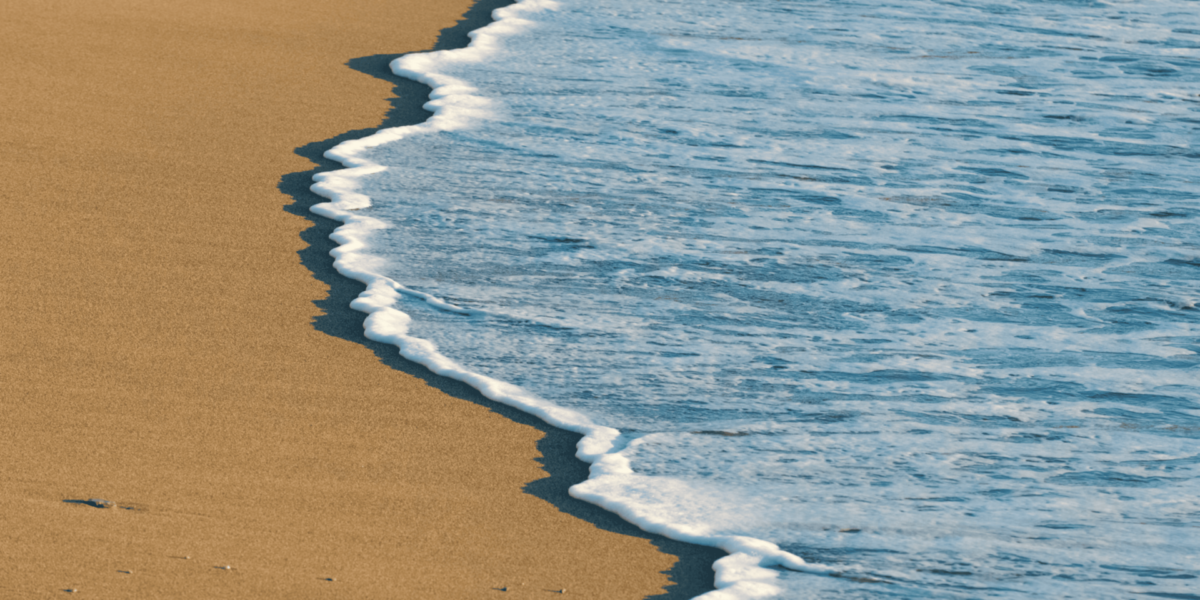Coastal Microclimates Support Physical Well-Being
Coastal areas often provide a different experience for the body than inland locations. These environments have unique weather patterns that influence how we breathe, move, and feel. The microclimate near the sea creates measurable changes in temperature, air quality, and airflow that support relaxation.
A person walking along Pamela Beach on a warm afternoon might notice how the air feels lighter. There’s less heat buildup, more consistent breezes, and no heavy pollution hanging in the atmosphere. This isn’t just pleasant—it’s a direct result of how the coastal microclimate works with the landscape.
Ocean Air Contains Fewer Pollutants
One of the key benefits of a coastal microclimate is air purity. Sea breezes travel across open water before reaching the land, picking up very little pollution. With no major industrial sources nearby, this air stays clean and easy to breathe.
Visitors arriving at Pamela Beach often comment on the clarity of the air. Unlike inland cities surrounded by traffic and concrete, this space feels open. Breathing becomes easier because the lungs are not processing layers of invisible toxins. The ocean wind filters the air naturally and consistently.
Humidity Stays Balanced for Comfort
Humidity along the coast behaves differently than in other climates. While it’s present, it rarely feels heavy. The ocean regulates the air’s moisture content, creating a stable environment that supports both skin comfort and respiratory health.
On an early evening walk, someone might feel the air cool slightly, even in summer. The presence of moisture doesn’t weigh them down—it helps keep skin from drying out and prevents overheating. This natural balance reduces the strain heat can place on the body, helping people stay active longer without discomfort.
Sea Breezes Create Consistent Airflow
Wind movement near the shoreline provides another key benefit. Regular sea breezes prevent stagnant air from settling. This helps distribute oxygen and prevent the buildup of airborne irritants like pollen, dust, or smog.
A local runner choosing a coastal route can maintain their pace without the labored breathing often caused by poor air circulation in inland areas. The steady wind from the ocean cools the skin and clears the breathing pathway. Even during peak activity, the environment works with the body, not against it.
Reduced Heat Retention Improves Daily Function
Coastal regions absorb and release heat more slowly than dense urban zones. Natural materials like sand and wood reflect less heat than concrete and asphalt. As a result, temperatures stay more moderate throughout the day.
A person sitting in a shaded area near the boardwalk will find that their surroundings remain cooler than a similarly designed inland space. There is no sudden heat surge from pavement or high-rise buildings. This helps people regulate their internal temperature, reducing fatigue and allowing longer exposure to the outdoors.
Vegetation Enhances Air Quality and Shade
Coastal landscapes often include dense, native vegetation. These plants filter air naturally, absorb carbon dioxide, and release oxygen. They also create shade, soften winds, and reduce glare. These features improve air quality and provide relief without requiring artificial solutions.
Someone reading under the cover of low trees near the beach might feel the cooler air around them shift subtly with the breeze. The surrounding plants keep the air clean and the ground cool. This natural combination supports both rest and alertness.
Salt in the Air Supports Respiratory Health
Sea air carries tiny salt particles that may have a beneficial effect on respiratory systems. While not a medical cure, this salt-rich air can help clear nasal passages and reduce inflammation for some people. It creates a sensation of breathing that feels clean and refreshing.
A visitor with mild seasonal allergies might find that they experience fewer symptoms during their time at the beach. The steady ocean breeze moves allergens away and replaces them with salt-rich, cleaner air. The result is deeper, easier breathing with less irritation.
The Body Responds to Atmospheric Pressure Changes
Coastal areas often have slightly lower atmospheric pressure than inland zones. This shift can affect how the body processes oxygen and regulates blood flow. Many people report feeling more relaxed or physically lighter near the sea due to this natural pressure change.
During a calm afternoon, someone lying near the shoreline may experience a deep sense of rest. Their breathing slows, not from fatigue, but from environmental ease. This physical shift isn’t imagined—it’s part of the way the body responds to subtle changes in climate.
Natural Cooling Reduces Stress on the Heart
The combination of clean air, balanced humidity, and regular breeze reduces the workload placed on the heart and lungs. Without excess heat or pollution, the body operates more efficiently. Blood pressure stabilizes, and the cardiovascular system relaxes.
A beachgoer enjoying a full afternoon outside might find they feel less drained than after a similar activity in an urban park. There’s no hard concrete radiating heat, no need for forced breaks in air-conditioned spaces. The microclimate works in favor of sustained calm.
Design Enhancements Make the Most of the Microclimate
Spaces like Pamela Beach take the natural benefits of the microclimate and support them through smart design. Walkways follow wind patterns. Seating is placed in shaded, breezy areas. Structures are built with materials that reflect light and stay cool underfoot.
A visitor moving through the beach space might not notice the planning—but they feel it. The entire layout supports body comfort without needing gadgets or artificial systems. The climate works with the design, and together they create a space that keeps the body at ease.









